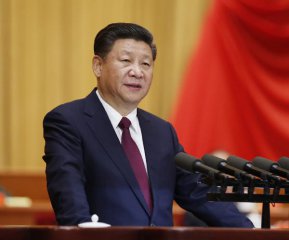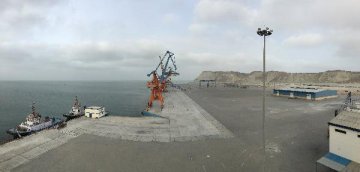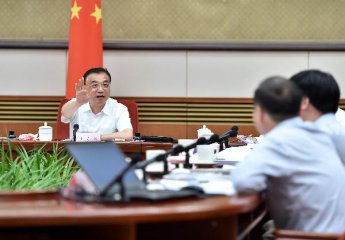
China's services sector expanded at its quickest rate in 16 months in November, a private survey showed Monday, providing an up-to-date sign of a stabilizing economy.
The Caixin China General Services PMI (Purchasing Managers' Index) hit 53.1 in November, up from 52.4 in October, according to a survey conducted by financial information service provider Markit sponsored by Caixin Media Co. Ltd.
A reading above 50 indicates expansion, while a reading below 50 represents contraction.
The surveyed companies said the expansion was due to increased new projects and orders, with job creation posting the fastest rate in one-and a-half years, the survey showed.
The trend corresponds with official indicators released by the National Bureau of Statistics, which showed China's non-manufacturing activity expanded to 54.7 in November from 54 in October.
Confronted with a prolonged slowdown, China has channeled energy into the services sector to offset flagging manufacturing and lackluster exports.
In the first three quarters, services made up 58.5 percent of GDP growth, up 3.4 percentage points from a year ago.
The survey also saw a further marginal increase in prices charged for Chinese services in November. Meanwhile, optimism over future growth prospects moderated to a 13-month low at service companies largely due to relatively subdued market conditions.
The Caixin China General Services PMI is based on data compiled from monthly replies to questionnaires sent to purchasing executives at more than 400 service companies.
The Caixin China Composite Output Index, which measures both service and manufacturing activity, was unchanged from October's 43-month record high of 52.9 in November, according to the survey.
A solid increase in the business activity of service companies in November offset a slight slowdown in the rate of output expansion across the manufacturing sector, it said.
"The economy may remain stable in the fourth quarter, but it will still face significant downward pressure next year," said Zhong Zhengsheng, director of macroeconomic analysis at CEBM Group.
Zhang Liqun, a researcher with the Development Research Center under the State Council, was upbeat about the overall economic stability.
The continued expansion of manufacturing shows that the economy has stabilized after a protracted slowdown, Zhang said.
China's manufacturing PMI came in at 51.7 in November, up from 51.2 in October and remaining above the 50-point boom-bust line for the fourth straight month, official data showed Thursday.
"It is highly probable that the economy will continue steady growth in the future," Zhang said. Zhu Haibin, China Chief Economist at J.P. Morgan, said China's economic growth benefited from substantial progress made in cutting steel and coal industry capacity, structural reform and an ease of financial risks.
Nevertheless, China's real estate investment and auto market may lose steam in 2017, putting pressure on the economy, Zhu warned.
Tapping new growth momentum -- including new energy, human intelligence and revamping traditional industries -- is very important for economic stabilization, said Liu Shijin, an economist with China Development Research Foundation, an official think tank.
The country's GDP grew 6.7 percent in the first three quarters of 2016, steady with the first half and within the government's target range of between 6.5 and 7 percent for 2016.
























Latest comments